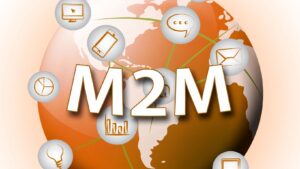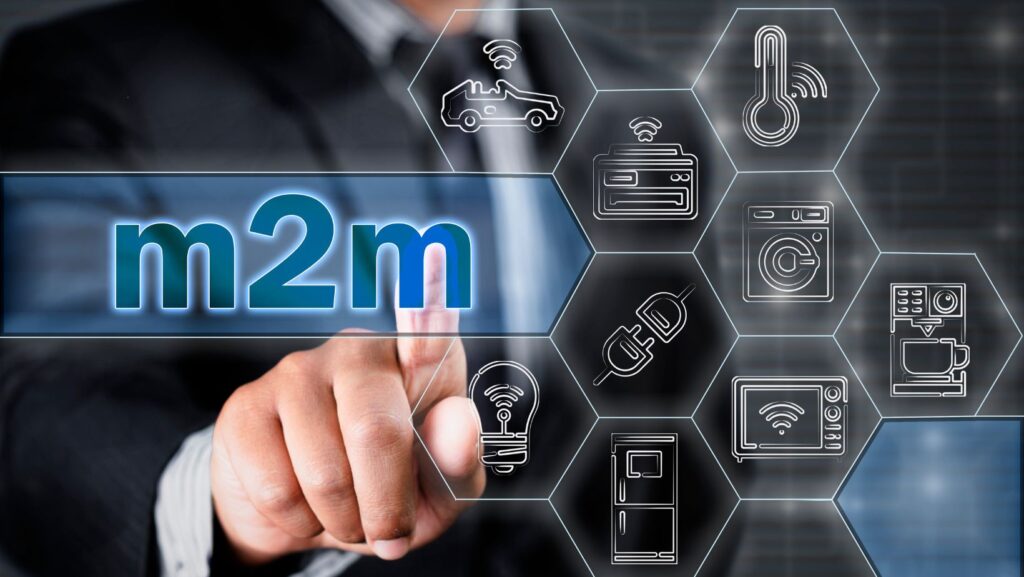In today’s interconnected world, m2m technology plays a vital role in enabling seamless communication between devices. As an expert in the field, I’ve witnessed firsthand the transformative power of machine-to-machine technology in revolutionizing various industries. From enhancing operational efficiency to enabling real-time data exchange, m2m technology is reshaping the way businesses operate.
With m2m technology, devices can communicate autonomously, leading to improved decision-making processes and streamlined operations. As I delve deeper into the intricacies of m2m technology in this article, I’ll explore its impact on sectors such as healthcare, manufacturing, and transportation.
M2M Technology
Exploring the landscape of M2M technology reveals a dynamic ecosystem where devices communicate autonomously, driving efficiency and innovation across industries. In healthcare, M2M streamlines patient monitoring, enhancing healthcare delivery. Transitioning to manufacturing, M2M enables predictive maintenance, reducing downtime and optimizing production.
In transportation, M2M bolsters fleet management, ensuring on-time deliveries through route optimization. The interconnected nature of M2M technology reshapes business models, fostering a connected environment that thrives on data-driven decision-making.
M2M technology’s real-time data exchange capabilities revolutionize operational processes, empowering businesses to respond swiftly to changing market dynamics. This transformative technology heightens productivity, elevates service quality, and paves the way for a smarter, more interconnected future.
Benefits of M2M Technology
Improved Efficiency
Enhancig operational efficiency is one of the key benefits of M2M technology. It streamlines processes by enabling seamless communication between devices, leading to optimized workflows. For example, in healthcare, M2M facilitates real-time patient monitoring, ensuring timely interventions and improved healthcare outcomes. Similarly, in the manufacturing sector, M2M empowers predictive maintenance, reducing downtime and enhancing overall equipment efficiency. By fostering connectivity and automation, M2M technology paves the way for streamlined operations and increased productivity.
Cost Savings
M2M technology offers significant cost savings across industries through enhanced operational processes and resource utilization. By enabling predictive maintenance, businesses can avoid unexpected equipment failures, reducing maintenance costs and downtime. In transportation, M2M facilitates efficient route planning and fleet management, leading to fuel savings and optimized delivery schedules. The data-driven insights generated by M2M technology help businesses make informed decisions, ultimately resulting in cost efficiencies and improved bottom-line performance.
Applications of M2M Technology
Healthcare
In healthcare, M2M technology revolutionizes patient care through remote monitoring of vital signs, medication adherence tracking, and automated data collection. It ensures timely interventions in critical situations by providing healthcare providers with real-time patient information.
Transportation
M2M technology plays a crucial role in the transportation sector by optimizing fleet management, route planning, and vehicle maintenance. It enables constant monitoring of vehicle performance, fuel efficiency, and driver behavior, leading to enhanced safety and operational efficiency.
Agriculture
In agriculture, M2M technology offers precision farming solutions by monitoring soil conditions, crop health, and weather patterns. It helps farmers make data-driven decisions on irrigation, fertilization, and pest control, leading to improved crop yields and resource utilization.
Challenges in Implementing M2M Technology
Transitioning to machine-to-machine (M2M) technology presents various challenges that organizations need to address to maximize its benefits fully.
- Connectivity Issues:
Ensuring seamless connectivity between M2M devices is crucial for efficient data exchange. Connectivity problems, such as network coverage limitations or signal interference, can hinder the effectiveness of M2M technology. Organizations must invest in robust networking infrastructure to maintain uninterrupted communication between devices. - Data Security Concerns:
Securing data transmitted between interconnected devices is a paramount concern in M2M technology. With the increased volume of data exchange, there is a higher risk of cyber threats and unauthorized access. Implementing stringent data encryption protocols and access controls is essential to safeguard sensitive information and maintain the integrity of M2M operations. - Interoperability Challenges:
Integrating diverse M2M devices and systems from different manufacturers can lead to interoperability challenges. Incompatibility issues between devices, protocols, or software platforms may arise, impeding the seamless flow of data and functionality across the M2M network. Standardizing protocols and interfaces can mitigate interoperability obstacles and streamline M2M integration processes.
By addressing these challenges proactively and implementing robust strategies, organizations can overcome barriers to successful M2M technology adoption and leverage its full potential to drive operational efficiency and innovation.

